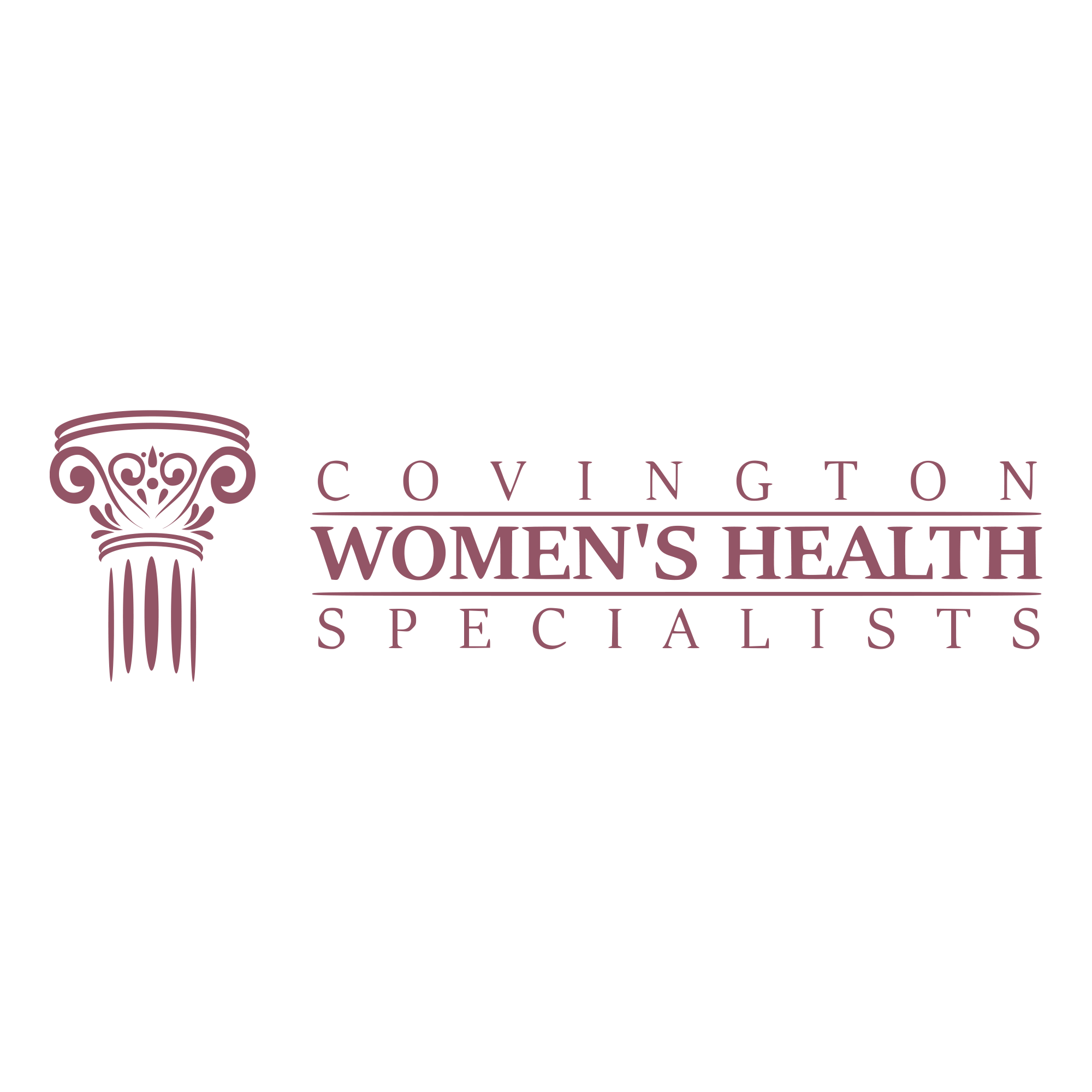Avoid Alcohol-based Hand Sanitizers During Pregnancy
Hand Washing with Soap and Water is BEST!
By Cathy T. Larrimore, MD, FACOG

Cathy T. Larrimore, M.D. is Board Certified in Obstetrics and Gynecology by the American College of Obstetrics and Gynecology (ACOG).
Even before Coronavirus, pregnant women were worried about germs. But now, with the coronavirus, the concern is at a fever’s pitch!
Handwashing and the use of alcohol-based hand sanitizers are the currently recommended procedures for the control of infections such as the flu, colds, and even coronavirus. But the American College of Obstetricians and Gynecology (ACOG) advises that “women should avoid alcohol entirely while pregnant or trying to conceive.” So, is the use of alcohol-based hand sanitizers by pregnant women a risk to their unborn fetuses? Do we know if any of the alcohol is absorbed through the skin? And what if the women breathe the sanitizer in while it is drying on their hands? And how many applications a day are safe?
Few studies have been done to measure blood alcohol concentrations after the use of these alcohol-based hand sanitizers. But the studies that have been done concerning the application of hand sanitizer to the skin and breathing it in showed that a small level of alcohol is absorbed and can be found in the user’s bloodstream.
The amount of alcohol absorbed would increase with multiple uses of the hand sanitizer. That is concerning because ACOG states that “adverse effects of prenatal alcohol exposure on child behavior at age 6 to 7 years are evident even at low levels of exposure.” So, the safety of the repetitive use of hand sanitizer during pregnancy is uncertain.
Handwashing with soap and water is the preferable way to clean your hands and fight germs during pregnancy. Reserve hand sanitizer use for once in a blue moon when water and soap are not accessible to you.




